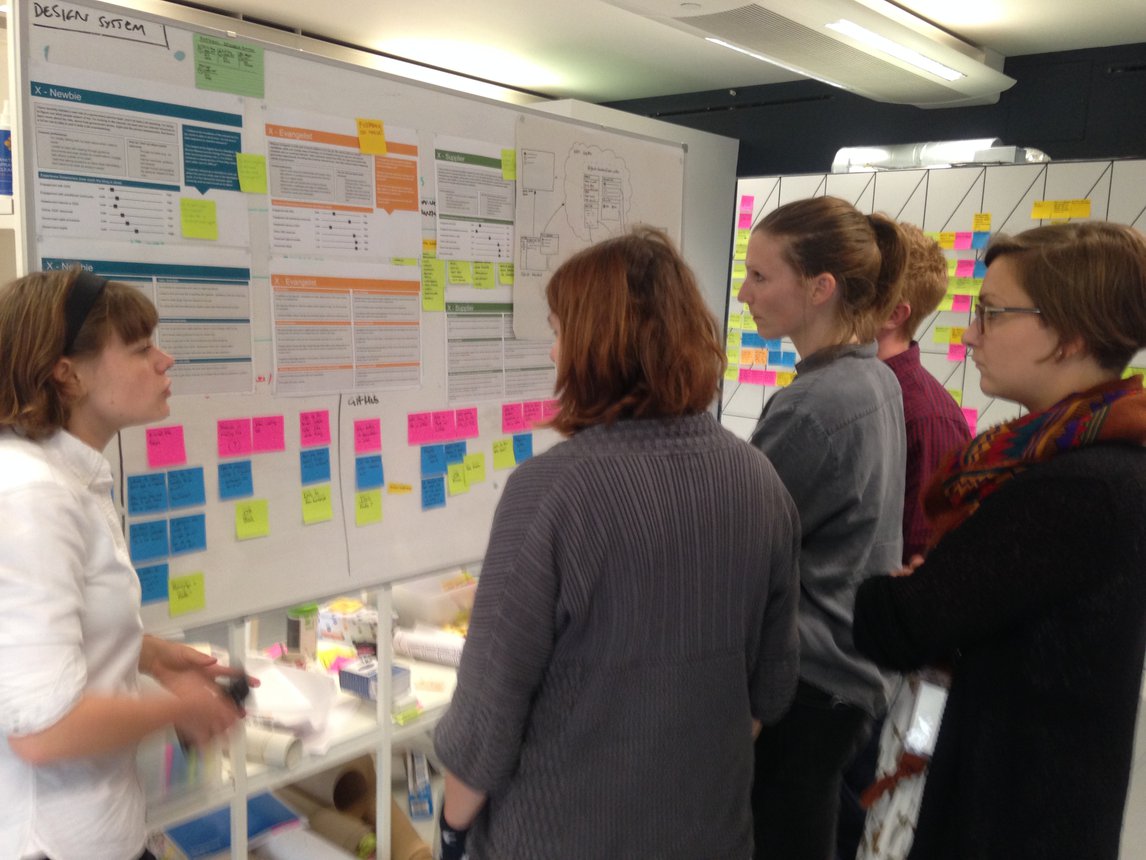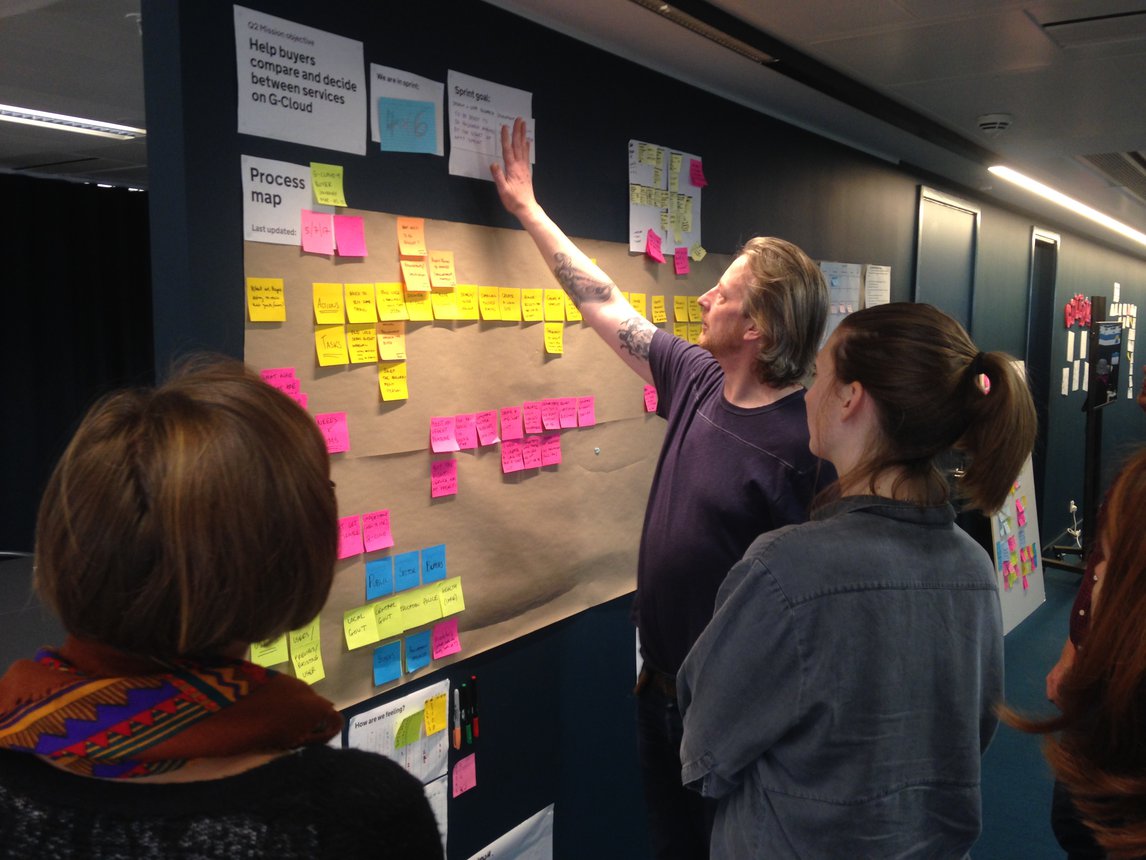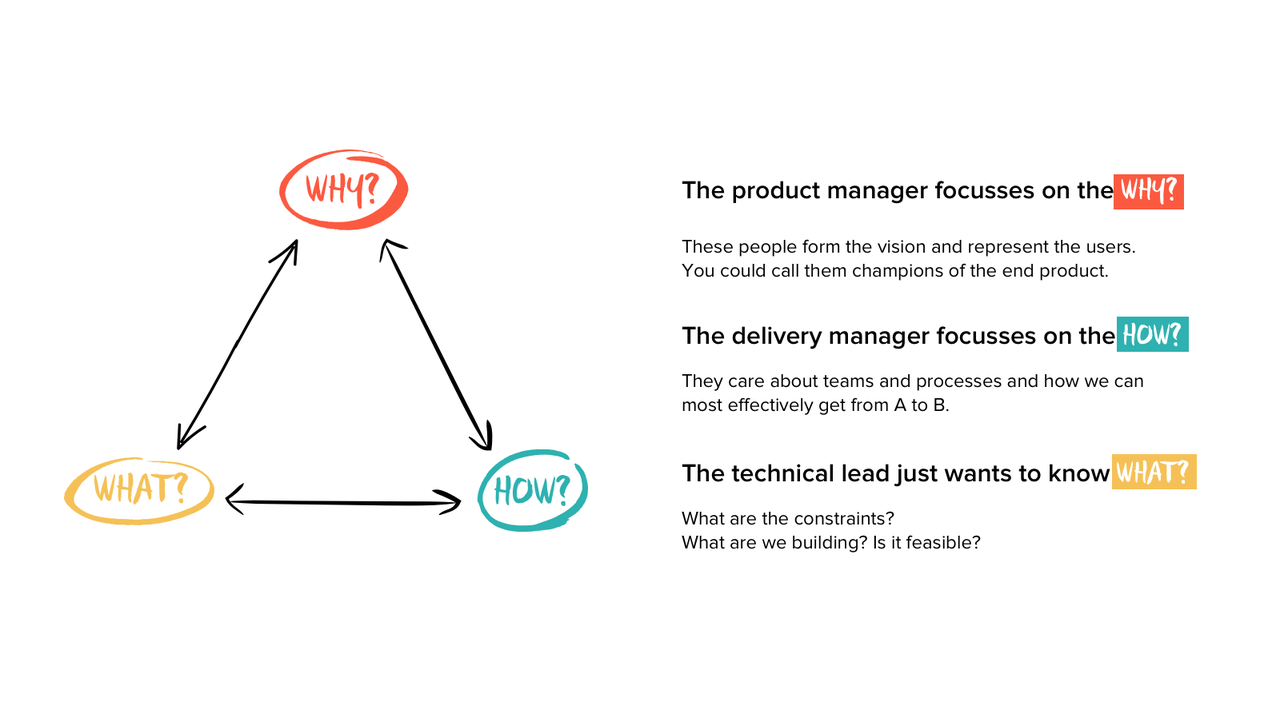A project manager’s field trip - to GDS and back again.
In the digital world, the Government Digital Service has become a byword for effective product delivery in the complex and challenging public sector environment.
Recently a lucky bunch of Torchboxers were invited to have a tour of the GDS offices and chat to members of their team about how they deliver digital. Naturally, we jumped at the chance to share our experiences and see how the unique environment of GDS could inform our own.

We’ve encountered the GDS effect on a number of projects which have needed to pass the GDS toll gate system, including our recent Wagtail site build for the Health Research Authority. The toll gates are a vigorous and challenging sequence of assessments for the alpha, beta and live versions of a product or site.
GDS who?
GDS has a pretty impressive history (which they recount in their own words). Their first major project is probably their most well-known success; bringing together over 300 government agencies and bodies into one website - gov.uk - which was impressively built within a mere 15 months and launched in 2012. Famously, former Prime Minister David Cameron once declared “I believe the creation of the Government Digital Service is one of the great unsung triumphs of the last Parliament.”
A good few years later, GDS have built a reputation for leading digital best practice and set a precedent for that most coveted of accomplishments: doing agile well. Their mantra is to prioritise user needs above all else, and their design principles (‘do less’, ‘design with data’) have become the casual currency of the industry.
Oranges and apples: in-house vs agency
The key difference between GDS - as an in-house delivery team - and us - a digital agency - is that they’re able to focus on iterating and improving on an evolving product. Although there are smaller initiatives with specific objectives under the umbrella of GDS, they’ve effectively got continuous budget and self-defined goals. Their challenge is how to use that flexibility to navigate a clear strategic path while demonstrating continual improvement.
In contrast, although the digital marketplace is changing and organisations are increasingly willing to embrace longer term programmes of digital transformation, our not-for-profit focus tends to mean we work with clients who are naturally cautious, and so we still often find ourselves working on large project with a set budget. Our challenge is to use capped resources and timeframes in the most valuable way possible, often with an end target of something highly visible and business-critical such as a new site launch.
Despite these differences, our time with GDS made it clear that we have quite a few passions in common:
- How do you harness the creativity of your team and push beyond the brief, while still setting and meeting clear objectives?
- How do you balance the why, what and how of a project in a smart way to shape your delivery?
- How can we improve transparency to the point where those who carry out the work and those who request it feel part of the same team?
Democratising the project
The most visibly striking thing about the GDS office has to be the wall space.

This is neither the time nor the place to consider the number of trees that have been needlessly sacrificed to satisfy the digital industry’s long-standing obsession with the Post-It note. But jokes aside, these team walls achieve something important. They give the team a visible, tangible identity. Holidays are shown next to silly portrait photos, working hours are displayed with quirky personal targets. The project goals sit alongside the user research. As well as serving as a constant reminder of what’s really important, there’s also a clear blurring of boundaries between roles; what matters is that everyone works towards the same objectives.
And, of course, any such objectives will be far more effective if they’re defined directly by the team. Everyone is empowered when they get to decide their own approach, even within an existing roadmap.
To put it practically, the project plan is not purely the property of a project manager. Decisions such as the most appropriate currency for estimating effort, what planning sessions should look like, and what ought to be tackled next belong to everyone. You’d be surprised by the improvement this makes to productivity.
“Ok, but whose fault is it?”
At GDS, there are three distinct roles to push development forward, Product Manager, Delivery Manager and Technical Lead. The best operating model is for the three roles to exist in positive tension - though we’ve all likely got some horror stories of situations where that balance wasn’t met. (“We had the vision and the team, but it turned out it wasn’t technically possible”; “We knew what we wanted and how we should have done it, but had only half the time we needed”; or “We built some nice features that worked, but we’re not sure anybody really wanted or needed them”.)

In a Torchbox context, our ‘product managers’ are our clients, in consultation with our account directors, and our ‘delivery managers’ are our project managers. For us, the real challenge is how we help our clients to be effective product owners and participate alongside our team at a granular level in defining what success looks like. We want each role to support, challenge and inspire the others!

Getting transparency right
One of the obvious ways to do that is by improving transparency. GDS have a robust system in place to support this which demonstrates the extent to which - far from being unplanned or anarchic - agile should be highly disciplined.
As well as daily standups, there are weekly roadmap meetings, an official weekly report to key product owners outside the digital team, a fortnightly demo session run by a different team member each time and monthly program reviews. They even write a quarterly blog for their executive review.
We love it. At the same time, we liked the GDS emphasis on not getting bogged down by the quest to ‘do agile’ complete with all the various ceremonies and trappings. The golden rule is whatever your process, have a good reason for it, and change if you need to.
And above all, just use normal language to describe what you’re doing, which makes the whole thing far more accessible for your team and clients.
My top four takeaways
Thank you GDS for giving us time to talk to your staff and explore the way you work - you certainly got our PM team inspired!
We’ve returned the invitation and hope to entertain GDS soon at our Bristol office to see if our specific challenges can inspire them.
In the meantime, here are my key takeaways for anyone delivering digital in an agency environment:
- Your team is your most important asset: cultivate it as visibly as possible
- Let your teams set their own objectives and ways of working - the likelihood is they’ll achieve them better and quicker
- Support your clients to become good product owners in whatever way you can
- Involve your clients as frequently and openly as possible in both planning and progress - it will pay off for both sides


